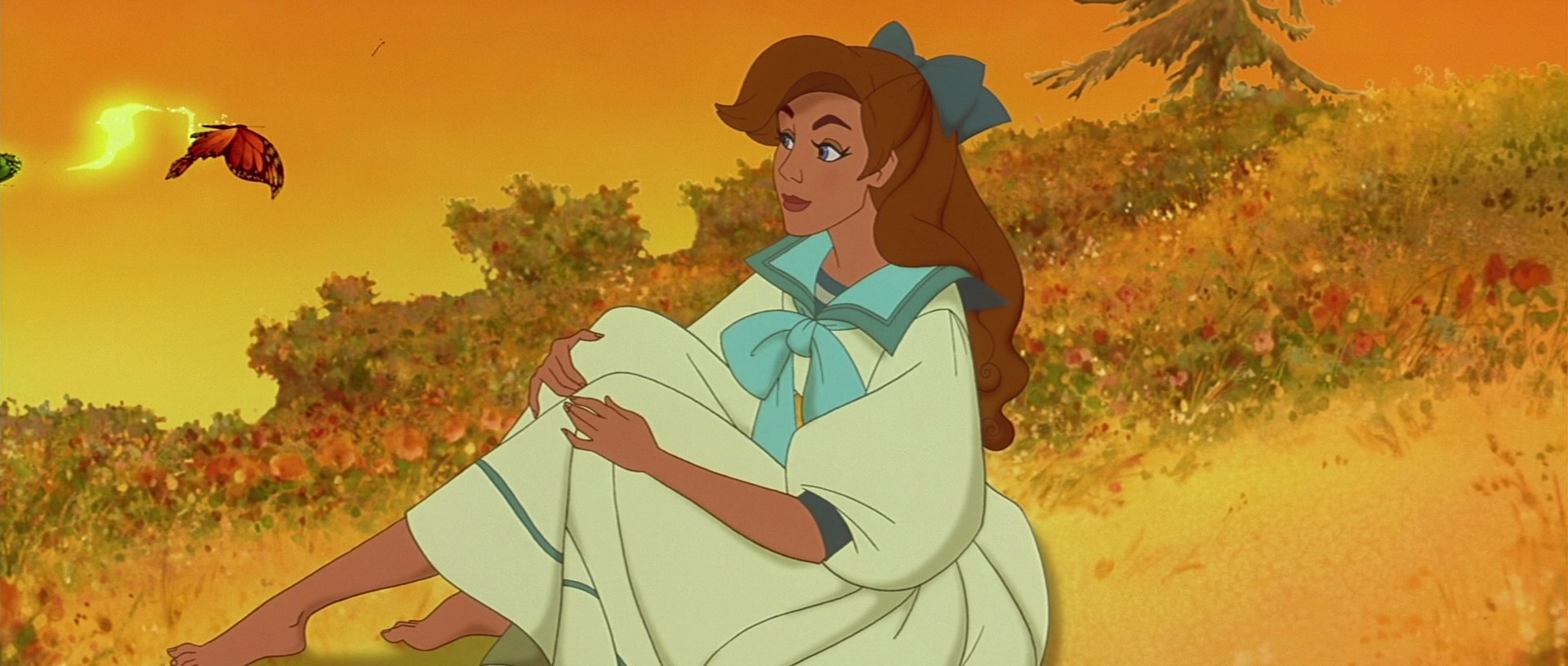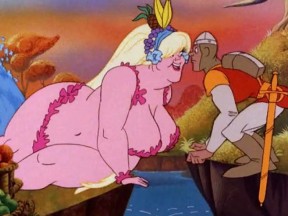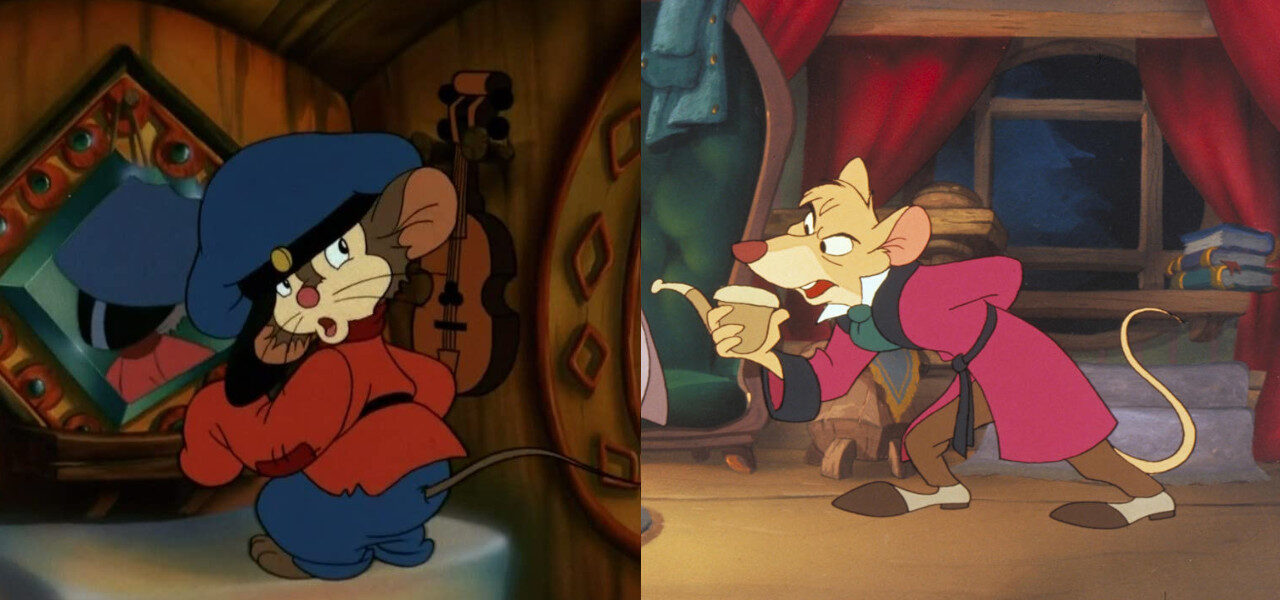
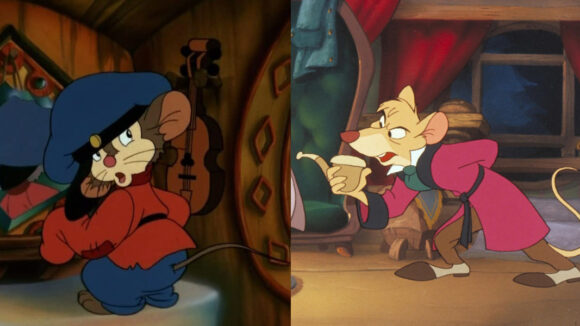
How Don Bluth Went To War With Disney – And Lost
Youtuber Matt Draper published a video recently titled The Disney/Don Bluth Animation War – The Story of a Rise, Fall & Renaissance, which is a deep-dive into one of animation’s greatest rivalries.
In the video, after a brief history lesson of important context, Draper chronicles the trajectories of Disney Animation and the various studios worked at or run by legendary filmmaker Don Bluth over the same period of time.
The video is divided into chapters, summarized below.
Don Bluth at Disney
Bluth first worked at Disney in 1955 as an assistant to John Lounsbery on Sleeping Beauty (1959), but returned for a much longer stretch starting in 1971 as an animation trainee and eventually worked on sequences which appeared in Robin Hood and Winnie the Pooh and Tigger Too. He was later promoted to directing animator on The Rescuers and served as director of the animated sequences in Pete’s Dragon (1977) and The Small One (1978).
Over time, Bluth grew increasingly frustrated with the corporate nature of Disney’s animation production. He left the company on his birthday, September 13, 1979, right in the middle of production on The Fox and the Hound.
Bluth and fellow animators Gary Goldman and John Pomeroy then founded Don Bluth Productions. By January of the following year, 14 former Disney employees were working at the new company.
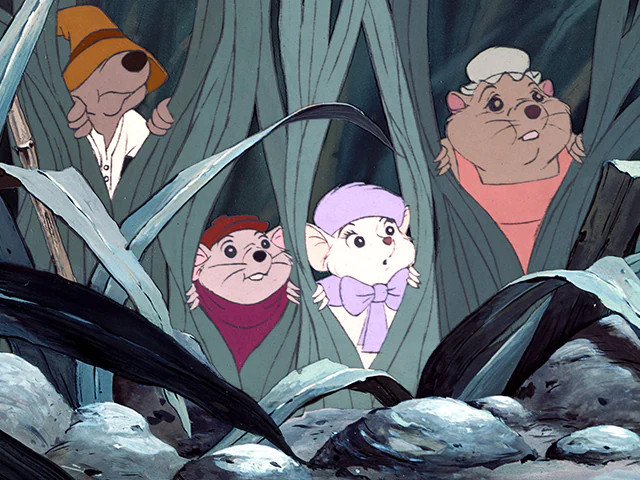
Bluth’s Studios
In 1979, Bluth, Goldman, and Pomeroy produced their first animated short, Banjo the Woodpile Cat at the new studio before creating the brief animated sequences in Xanadu. The studio’s first feature was The Secret of Nimh (1982). That film, though seen as a classic today, didn’t do much at the box office, making $14.7 million. The video argues that the amount was enough to solidify the studio’s viability as a profitable enterprise.
It would be three years after Nimh hit theaters before Disney would release its next animated feature, The Black Cauldron. The film was Disney’s first animated feature to be recorded in Dolby stereo, the first to use cgi in animation, and was produced with Super Technirama 70 film. Despite all that, however, it was one of the studio’s worst failures to that point. Originally budgeted at $25 million, Cauldron cost $44 million to make in the end, and only earned $21.3 million domestically.
It seemed as though Bluth was primed to push Disney and cement himself as a true rival to the studio’s animation wing. But the ten-week U.S. animation union strike of 1982 quickly derailed his best-laid plans, and his studio was forced to file bankruptcy and shutter.
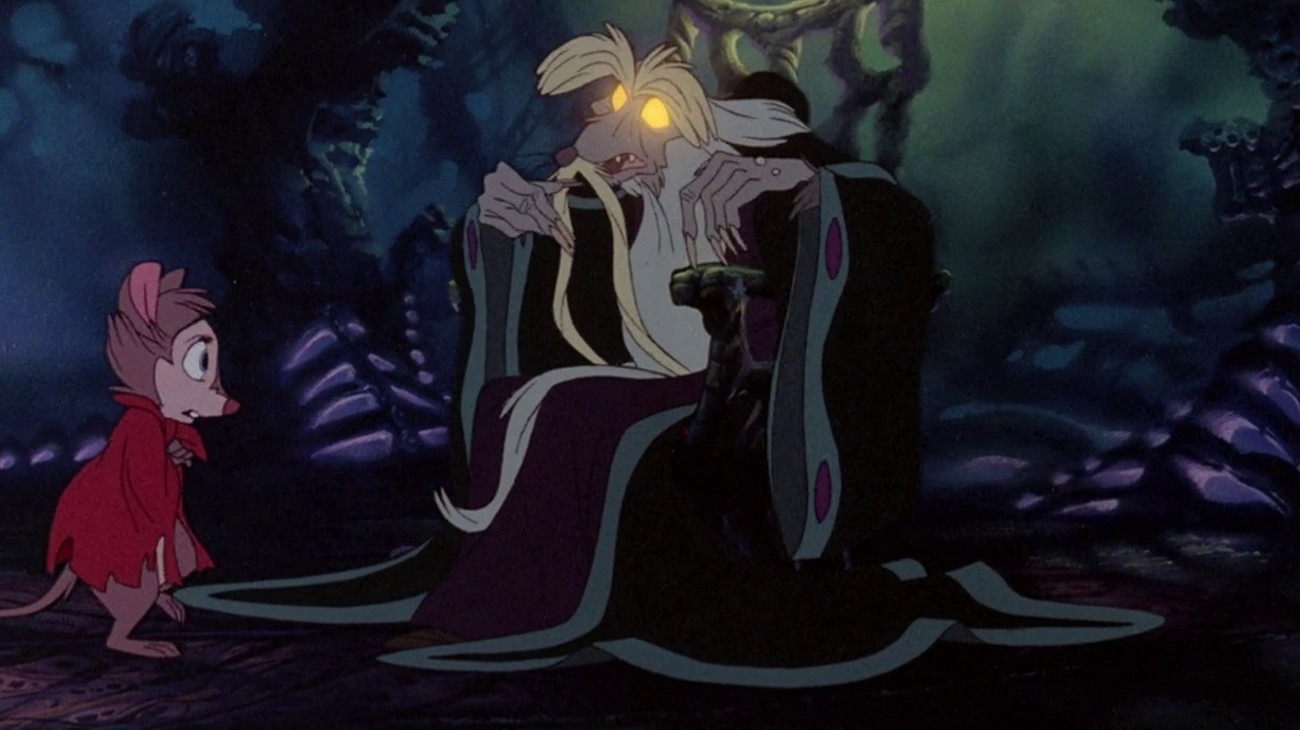
Bluth Is Back
In 1985, backed by businessman Morris Sullivan, Bluth and his colleagues launched Sullivan Bluth Studios, which would eventually employ 350 people at its peak. The studio was initially founded in California, but later moved to Ireland. Draper argues that one of Bluth’s primary motivations for the migration was to avoid dealing with U.S. animation unions.
The studio quickly teamed with Steven Spielberg’s Amblin Entertainment and produced An American Tail (1986). Draper argues that inexperienced animation producers at Amblin often made demands which slowed down production, but in the end the film proved a hit, making $84 million globally ($47 million domestically) on a $9 million budget. At the time, it was the highest-grossing non-Disney animated movie of all time. Notably, it also massively out-shined Disney’s own 1986 mouse movie The Great Mouse Detective, which only managed to earn $25.3 million domestically on a $14 million budget.
Bluth and Spielberg then teamed with George Lucas on The Land Before Time, another smash which made $84.5 million ($48 million domestically) on its $12 million budget.
Success is a double-edged sword. Full of confidence after back-to-back hits, Amblin launched its own animation studio, Amblimation. With Bluth out of the picture, Amblin went soft narratively and only ever produced three features: the much lighter An American Tail: Fievel Goes West, We’re Back, and Balto.

The Disney Renaissance
Oliver and Company launched the same day as The Land Before Time, November 18, 1988. The same-day theatrical release is a tactic that Disney would use regularly over the years in an attempt to bury Bluth’s theatrical releases. In this instance, Oliver proved to have the stronger domestic box office, but The Land Before Time did far better abroad. More importantly though, Oliver and Company marked a turnaround at Disney with the studio recommitting to animation and promising one new animated feature every year.
Disney’s The Little Mermaid and Bluth’s All Dogs Go to Heaven released on the same day, November 17, 1989, with The Little Mermaid earning $84.4 million in North America, while All Dogs Go to Heaven only managed a $27.1 million take. After a quick blip with The Rescuers Down Under failing to impress at cinemas, Disney animation went on a run that included films such as Beauty and the Beast, The Lion King, Aladdin, and more, while Sullivan Bluth struggled to make an impact with underperformers like Rock-A-Doodle, Thumbelina, A Troll in Central Park, and The Pebble and the Penguin.
In October 1995, Sullivan Bluth declared bankruptcy and shut down.
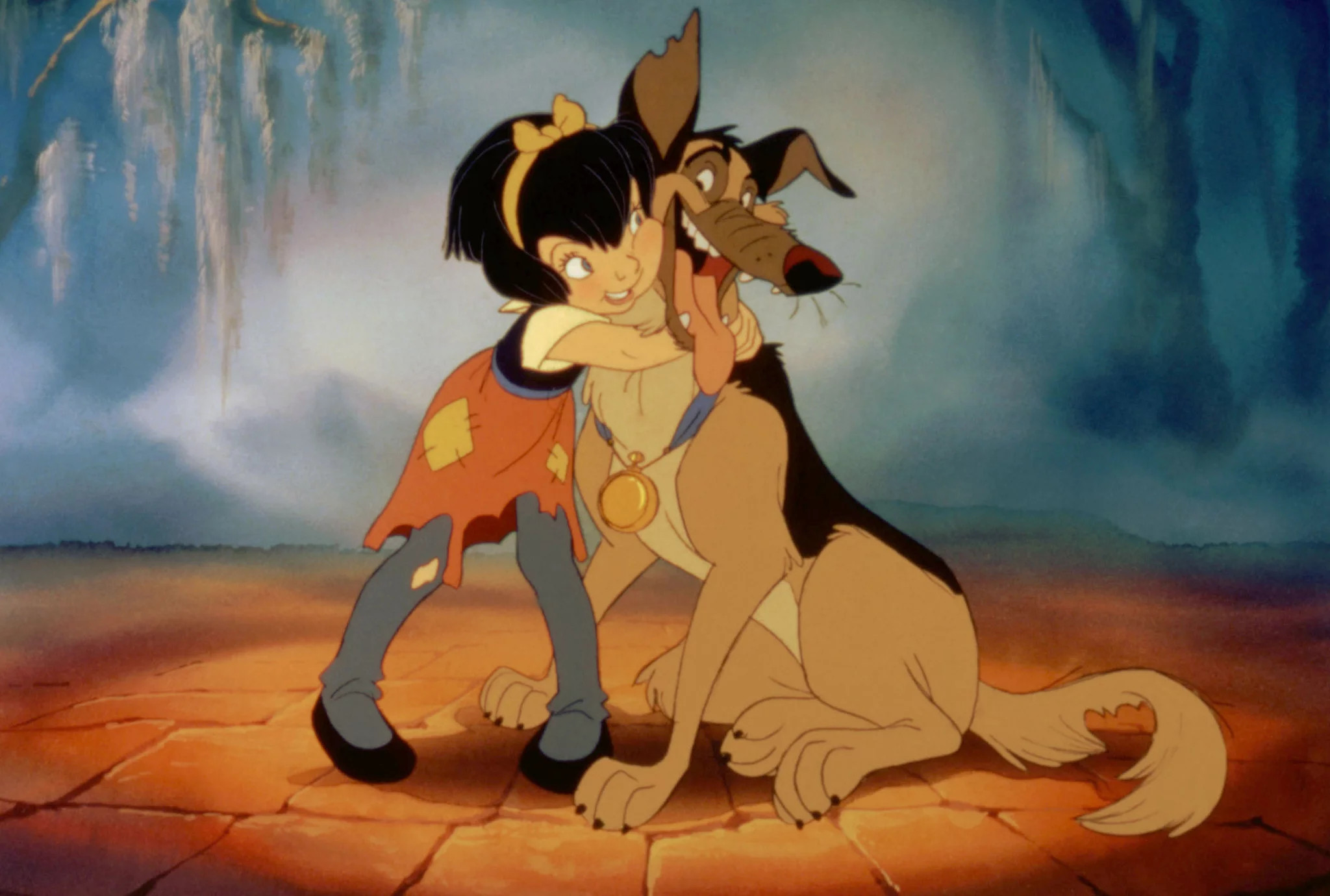
The Last Days of Bluth
Bluth went on to join Fox Animation Studios shortly after the company was founded, and achieved immediate success with Anastasia (1997), a film that grossed $140 million worldwide ($58 million domestically), on a $53 million budget. All that in spite of Disney continuing its aggressive box office tactics by re-releasing The Little Mermaid the week before and Flubber the week after Anastasia’s release.
Bluth’s return to the top was short-lived however, and his second feature with Fox Animation was the legendary box office bomb Titan A.E., a film that lost Fox Animation Studios $100 million according to Chris Meledandri, head of 20th Century Fox Animation at the time. Ten days after Titan A.E. hit theaters, Fox Animation Studios shut down. The film also proved to be the end of Bluth’s career in feature animation, and he has not directed a film since.
Bluth has not stopped working, however. He worked on the video game Dragon’s Lair 3D: Return to the Lair with Ubisoft, announced a live-action Dragon’s Lair adaptation at Netflix, written several animation books, and announced he was launching a new Don Bluth Studios in 2020, with plans to distribute content digitally. The studio’s website and Youtube page have not yet published any content, although Don Bluth Studios does have an active social media presence on Twitter and Facebook.
